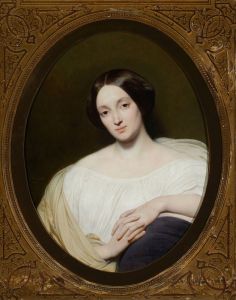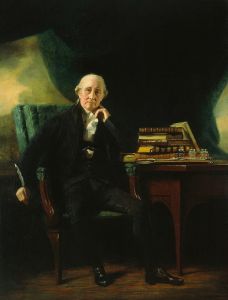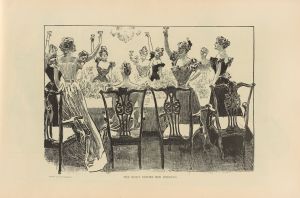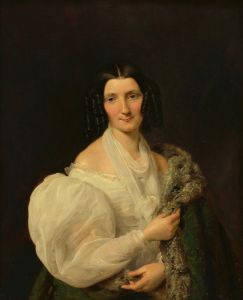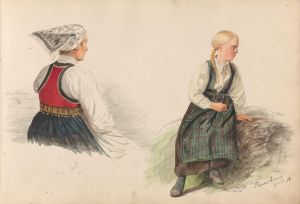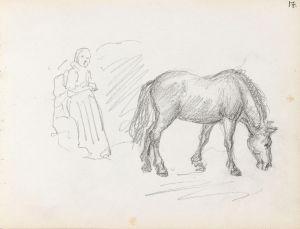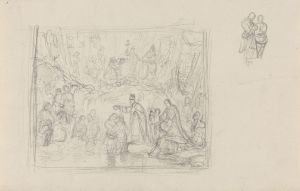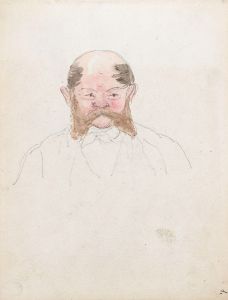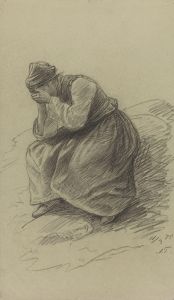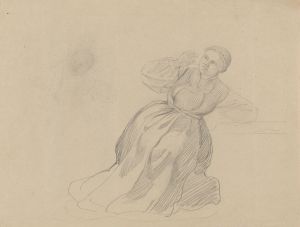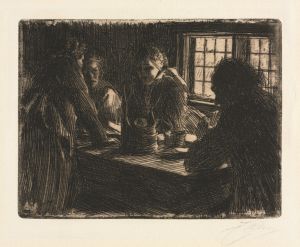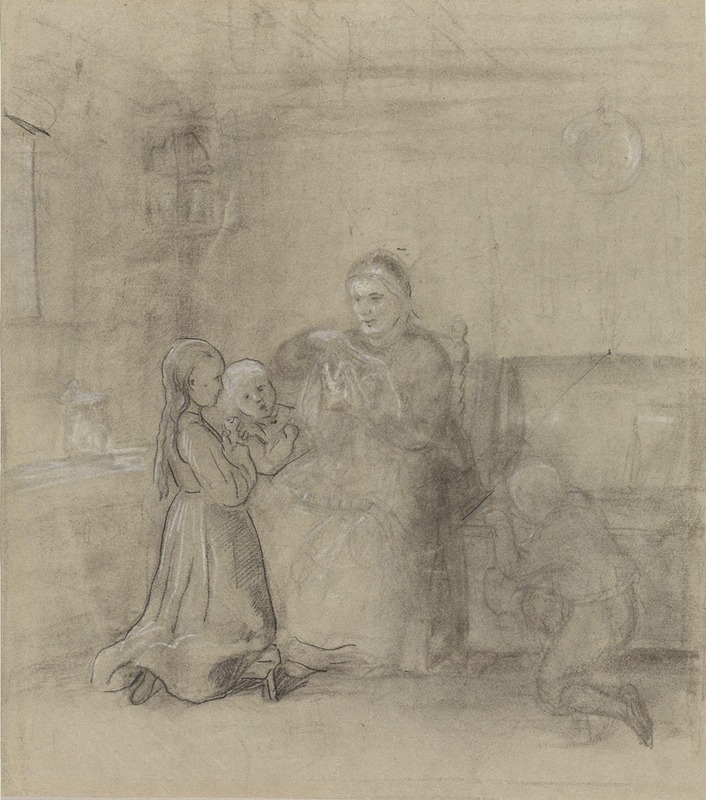
Grandma’s bridal crown
A hand-painted replica of Adolph Tidemand’s masterpiece Grandma’s bridal crown, meticulously crafted by professional artists to capture the true essence of the original. Each piece is created with museum-quality canvas and rare mineral pigments, carefully painted by experienced artists with delicate brushstrokes and rich, layered colors to perfectly recreate the texture of the original artwork. Unlike machine-printed reproductions, this hand-painted version brings the painting to life, infused with the artist’s emotions and skill in every stroke. Whether for personal collection or home decoration, it instantly elevates the artistic atmosphere of any space.
Adolph Tidemand was a prominent Norwegian painter in the 19th century, known for his detailed and culturally rich depictions of Norwegian life and traditions. One of his notable works is "Grandma’s Bridal Crown" (Norwegian: "Brudefærden i Hardanger"), which captures the essence of Norwegian rural life and its customs.
Adolph Tidemand was born on August 14, 1814, in Mandal, Norway. He studied art in Copenhagen and later in Düsseldorf, Germany, where he became associated with the Düsseldorf school of painting. This movement was characterized by its attention to detail, historical accuracy, and often romanticized portrayal of its subjects. Tidemand's works often focused on Norwegian folk culture, which was a significant theme during the national romantic period in Norway.
"Grandma’s Bridal Crown" is a part of Tidemand's exploration of Norwegian traditions. The painting is celebrated for its intricate depiction of a traditional Norwegian bridal procession, showcasing the cultural heritage of Norway. The bridal crown, a central element in the painting, is a significant symbol in Norwegian weddings, representing purity and the bride's transition into a new phase of life. These crowns were often family heirlooms, passed down through generations, which adds a layer of historical continuity and familial connection to the painting.
Tidemand's attention to detail is evident in the way he captures the textures of the fabrics, the expressions of the figures, and the overall composition of the scene. His work is not just a visual representation but also a narrative that speaks to the viewer about the customs and values of the time. The painting reflects the importance of community and tradition in Norwegian rural life, as well as the beauty and solemnity of the wedding ritual.
Throughout his career, Tidemand collaborated with other artists, most notably Hans Gude, with whom he created several famous works, including "Bridal Procession on the Hardangerfjord." While "Grandma’s Bridal Crown" is not a collaborative piece, it shares thematic similarities with his other works, emphasizing Norwegian cultural identity and the romanticism of rural life.
Adolph Tidemand's contribution to Norwegian art and culture is significant. His works are housed in various museums, including the National Gallery in Oslo, where they continue to be appreciated for their historical and cultural value. Tidemand passed away on August 25, 1876, but his legacy lives on through his paintings, which remain a vital part of Norway's artistic heritage.
In summary, "Grandma’s Bridal Crown" by Adolph Tidemand is a testament to the artist's skill in capturing the essence of Norwegian traditions and the cultural landscape of the 19th century. Through his meticulous attention to detail and his ability to convey the spirit of his subjects, Tidemand has left an indelible mark on the world of art, offering a window into the past that continues to resonate with audiences today.





